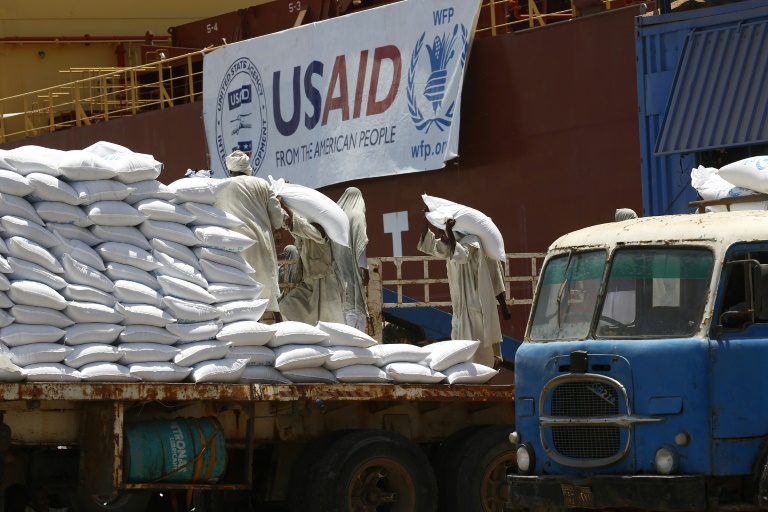BENGALURU: The Plasma Analyser Package for Aditya (PAPA) payload on board Aditya-L1 satellite has successfully detected the impact of coronal mass ejections (CMEs) on solar wind, including CME events that occurred on Feb 10-11, Isro said on Friday.
PAPA has two sensors — Solar Wind Electron Energy Probe (SWEEP) to measure electrons and Solar Wind Ion Composition Analyser (SWICAR) to measure ions.Both sensors can also detect the direction of arrival of solar wind particles.
The sensors have been operational since Dec 12, recording spectra that show the dominance of protons and alpha particles as expected. A dip in spectra was seen during Aditya-L1’s halo orbit insertion on Jan 6 when payload orientation changed temporarily.
Data from Dec 15 shows an abrupt increase in particle counts consistent with solar wind changes seen at L1 point by DSCOVR and ACE satellites, indicating detection of a CME event. More CME impacts were recorded on Feb 10-11, with minor differences in electron and ion count variations in line with multiple minor events.
The observations showcase PAPA’s capabilities in space weather monitoring and analysis of solar phenomena by detecting variation in solar wind composition. With continuous default mode observations by the highly sensitive SWEEP and SWICAR sensors, Aditya-L1 can provide valuable real-time data on conditions at the L1 point.
PAPA has been developed by Isro’s Vikram Sarabhai Space Centre (VSSC) to fulfill Aditya-L1’s mission of studying the Sun’s coronal heating processes and solar transients. Its success highlights ISRO’s prowess in designing sensitive space science instruments for studying solar storms and their impacts.
PAPA has two sensors — Solar Wind Electron Energy Probe (SWEEP) to measure electrons and Solar Wind Ion Composition Analyser (SWICAR) to measure ions.Both sensors can also detect the direction of arrival of solar wind particles.
The sensors have been operational since Dec 12, recording spectra that show the dominance of protons and alpha particles as expected. A dip in spectra was seen during Aditya-L1’s halo orbit insertion on Jan 6 when payload orientation changed temporarily.
Data from Dec 15 shows an abrupt increase in particle counts consistent with solar wind changes seen at L1 point by DSCOVR and ACE satellites, indicating detection of a CME event. More CME impacts were recorded on Feb 10-11, with minor differences in electron and ion count variations in line with multiple minor events.
The observations showcase PAPA’s capabilities in space weather monitoring and analysis of solar phenomena by detecting variation in solar wind composition. With continuous default mode observations by the highly sensitive SWEEP and SWICAR sensors, Aditya-L1 can provide valuable real-time data on conditions at the L1 point.
PAPA has been developed by Isro’s Vikram Sarabhai Space Centre (VSSC) to fulfill Aditya-L1’s mission of studying the Sun’s coronal heating processes and solar transients. Its success highlights ISRO’s prowess in designing sensitive space science instruments for studying solar storms and their impacts.
Denial of responsibility! Pioneer Newz is an automatic aggregator of the all world’s media. In each content, the hyperlink to the primary source is specified. All trademarks belong to their rightful owners, all materials to their authors. If you are the owner of the content and do not want us to publish your materials, please contact us by email – [email protected]. The content will be deleted within 24 hours.







